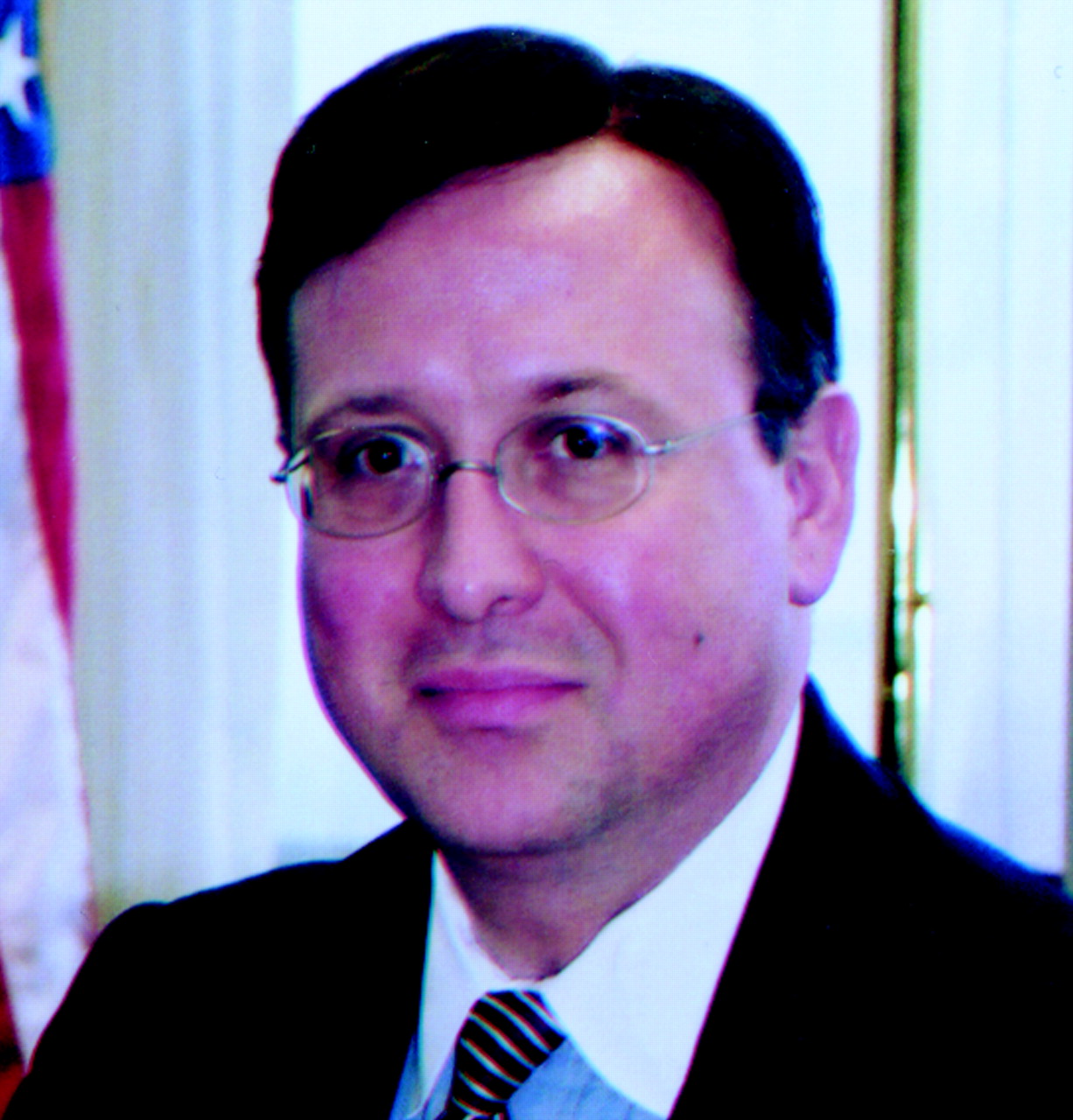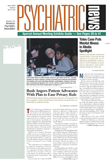As administrator of the federal Substance Abuse and Mental Health Services Administration (SAMHSA), Charles Curie, M.A., has his attention pulled in several diverging directions simultaneously every day. His overriding goal, he said in an interview, is to focus that attention into one vision, one mission, to create a more “cohesive voice” to the seemingly fragmented activities of the behemoth government agency.
Presenting a more effective, unified voice for its mission was a primary underlying theme leading to the agency’s collaboration on a special series at APA’s 2002 annual meeting next month in Philadelphia. The series is titled “Access to Quality Care: What Works?” (Psychiatric News, February 15; March 15), and it will run from Monday, May 20, through Thursday, May 23.
Curie said SAMHSA worked with APA to make sure that the series’ 29 sessions not only appeal to a wide audience by offering diverse topics and formats—ranging from issue workshops to symposia and lectures—but also reflect the agency’s message of complete, integrated care for mental illness and substance abuse disorders.
In an interview with Psychiatric News, Curie, a clinical social worker with an extensive background in community and state mental health services, discussed the agency’s immediate goals.
“We [at SAMHSA] need to provide a clear and overriding vision of what the public mental health and substance abuse service system should look like,” Curie said. “Our goal today is not only to ensure access to treatment and alleviation of symptoms, but also to understand that for people to truly recover, [SAMHSA] also has to be about helping people to find a full and stable life within their community.”
Under Curie’s direction, SAMHSA’s three centers, the Center for Mental Health Services (CMHS), the Center for Substance Abuse Prevention (CSAP), and the Center for Substance Abuse Treatment (CSAT), are attempting to do just that through a wide variety of programs and services in a $2.96 billion budget for Fiscal 2002.
“Each of the centers within SAMHSA,” Curie explained, “has done many good and appropriate things in the field. But as a whole, we’ve not been able to fully leverage all of those activities because those three centers have not been working in a coordinated way.”
Curie stressed he is committed to ending that fragmented approach. Indeed, at times the centers have appeared to be in competition with each other, not only from a budgetary point of view but also from a vision or mission point of view.
“There has been a great deal of discussion around the agency,” he said, “about having ‘one SAMHSA,’ and what we have found is that there really hasn’t been a sense of that, either internally or externally.”
Since Curie was appointed SAMHSA administrator last November by President George W. Bush, he has taken part in several meetings, all geared to aligning the three centers in a collaborative effort. Activities at each center have been coordinated to send one clear message to the public about what the agency does, and what the administration’s policy is with regard to mental health and substance abuse treatment.
SAMHSA has created a formal matrix of priorities, completely aligned with those of the Department of Health and Human Services (HHS). The matrix lists programs and principles that the agency has placed at the top of its priority list as well as cross-cutting principles to be followed in each of the programs.
“Both in substance abuse disorders and with persons who have a mental illness, co-occurring disorders are a significant issue,” Curie said, detailing the agency’s highest priority. Curie cited studies indicating that anywhere from one-third to two-thirds of patients in the mental health system have co-occurring disorders. “We currently do not have the assessments in place when people come through the door seeking treatment to necessarily ensure that we are getting the full picture of the individual. And even if [the individual is] being appropriately assessed,” Curie stressed, “we don’t even have the confidence at this point that our systems have the capacity to provide integrated treatment, or even concurrent treatment, to address co-occurring disorders. We are working to address that capacity now.”
Other priorities in the matrix include closing the gap between substance abuse treatment needs and availability, a priority that also is high on President Bush’s list, according to Curie. “We need to ensure that people who need treatment and seek it have access to it,” Curie said, noting that the president’s budget request for 2003 includes $127 million in new funds to address the issue.
Additional priorities include addressing treatment for mental health and substance abuse in the criminal justice system and the homeless population and a strengthened children’s agenda.
“We need to take a comprehensive approach to looking at prevention and early treatment opportunities,” Curie added, “which have been understood in a much more concrete way in substance abuse in the past than in a model of mental health wellness.”
The series of presentations at APA’s annual meeting on which SAMHSA has collaborated will look at many of these priorities, Curie said. It will further the agency’s quest to create a working “science-to-services cycle.”
“The reports of the surgeon general and from the Institute of Medicine have provided good starting points,” Curie noted. “But in keeping with the idea of ‘one HHS,’ we need to focus on getting what works to the street.”
To do so, Curie is working with colleagues at the three related national institutes—Drug Abuse, Mental Health, and Alcoholism and Alcohol Abuse—to clearly define the roles of patients, clinicians, academic institutions, the agency, and institutes to produce a clear cycle of feedback between services that are seen to work, scale of funding and programs at the agency, and corresponding research priorities.
The annual meeting series, Curie said, will help to solidify SAMHSA’s role in that cycle and “clarify exactly what each player in the cycle is doing and what the rules are.”

